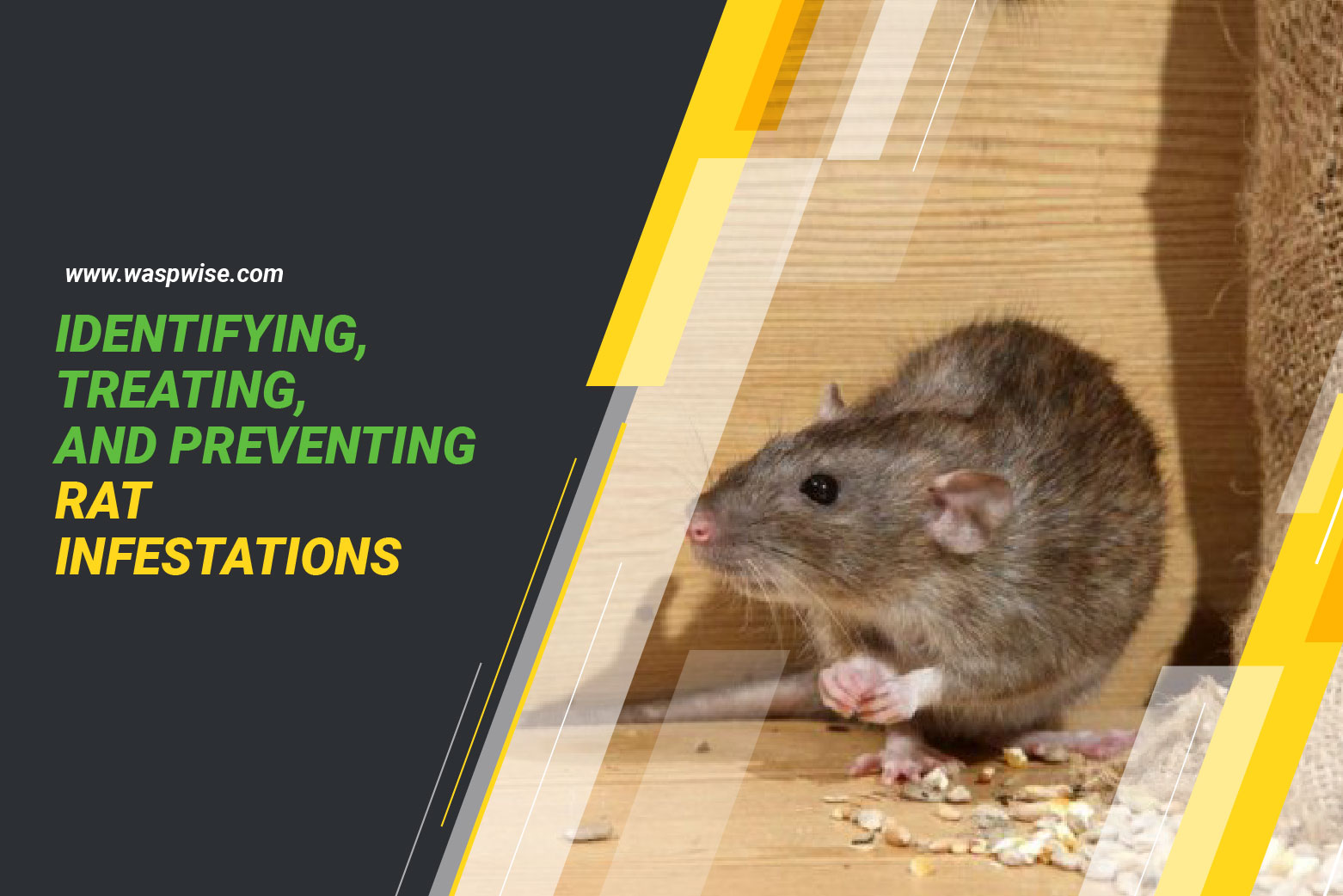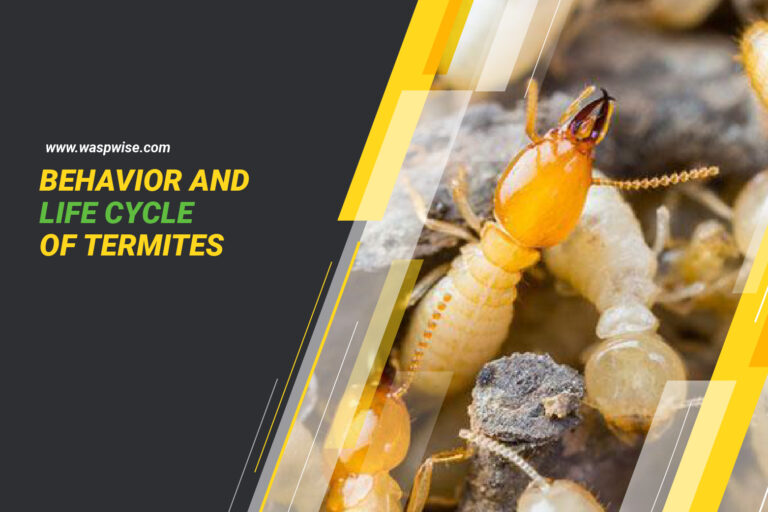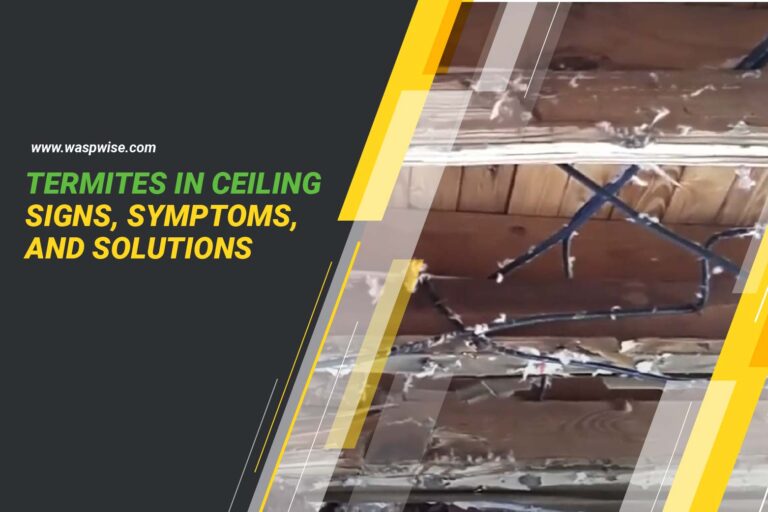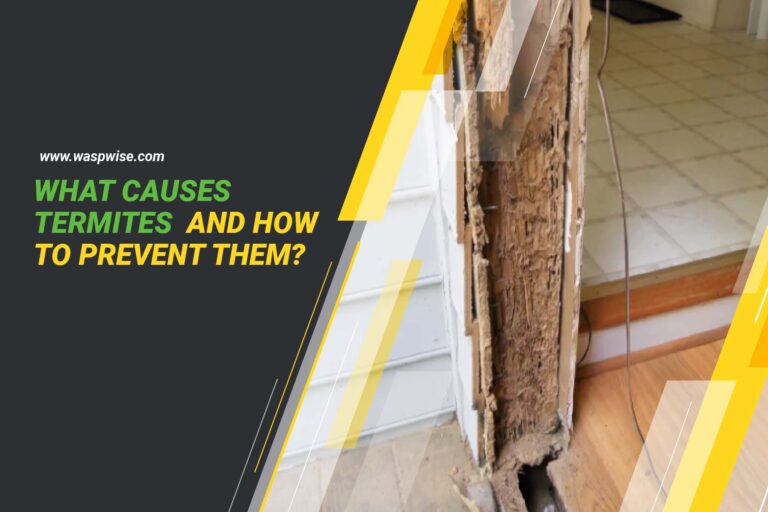IDENTIFYING, TREATING, AND PREVENTING RAT INFESTATIONS
Rats are among the most common and troublesome pests worldwide, and their presence poses serious health and property risks. In the USA alone, rats are estimated to cause over $19 billion worth of damages annually. These intelligent rodents reproduce rapidly, with a single pair capable of producing up to 1,500 descendants in a year (in an ideal environment). They are known to spread various diseases through their droppings and urine, making their control essential for a safe and healthy environment.
Identifying Rat Infestations
Rats are elusive creatures, often hiding in dark corners and crevices. To determine if your property is infested, look out for the following signs:
- Gnaw marks and chewed items: Rats have a constant need to gnaw on objects to wear down their teeth. Check for gnaw marks on electrical wires, wooden structures, and plastic materials.
- Droppings and urine stains: Rat droppings are dark, cylindrical pellets, while urine stains may appear as dark streaks along walls and surfaces.
- Nests and burrows: Rats create nests using shredded materials like paper, fabric, and insulation. Look for nests in hidden areas, such as attics and basements.
- Squeaking or scampering noises: Listen for unusual sounds at night when rats are most active. They often produce high-pitched squeaks and rapid scurrying sounds.
- Sightings of live or dead rats: Spotting rats during daylight indicates a significant infestation.
Health Implications
Rats are carriers of various diseases and can contaminate food and surfaces, leading to human health problems. Common diseases transmitted by rats include leptospirosis, hantavirus, and salmonellosis. Additionally, their fur and droppings can trigger allergies and respiratory issues, especially in sensitive individuals. Swift action is essential to prevent potential health risks.
Treating Rat Infestations
Act promptly to eliminate rats from your property using the following methods:
- Using traps effectively: Traps are an efficient and humane way to catch rats. Snap traps quickly kill rats upon contact, while glue traps capture them alive for later release. Live traps allow for relocation.
- Implementing baits and poisons safely: Rat baits are designed to attract rats and should be placed in secure bait stations to avoid accidental ingestion by pets and children. Always follow the manufacturer’s instructions.
- Seeking professional pest control services: If the infestation is severe or persists despite your efforts, consult a professional pest control specialist. They have the expertise and tools to handle rat infestations effectively.
Preventing Rat Infestations
Preventative measures are crucial in keeping rats at bay:
- Securing entry points: Inspect your property for any gaps or cracks that rats could use to enter. Seal openings in walls and floors, install door sweeps and reinforce damaged vents and screens.
- Proper food storage and waste management: Rats are attracted to food sources. Store food in airtight containers, clean food preparation areas regularly, and dispose of trash properly in tightly sealed bins.
- Maintaining a clean and clutter-free environment: Eliminate potential nesting sites by decluttering and organizing storage areas. Keep the area around your property free from debris and vegetation.
- Outdoor rat control measures: Trim vegetation and shrubs near your home to reduce potential hiding spots for rats. Consider using rat-resistant composting methods to avoid attracting them.
Monitoring and Follow-up
Even after successfully eliminating a rat infestation, it is essential to monitor your property regularly. Stay vigilant for any signs of rat activity and address them immediately to prevent a recurrence. Regular inspections and maintenance will help keep your property rat-free.







